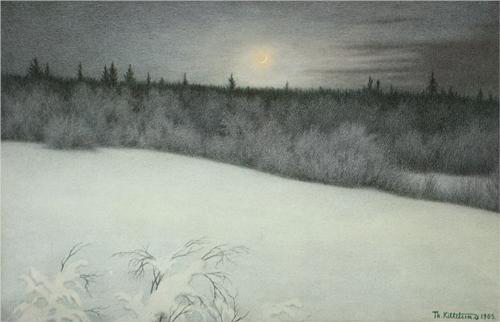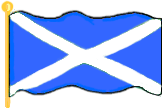Auld Lang Syne
"Auld Lang Syne" is sung for New Year's Eve around the world. The phrase "Auld Lang Syne" is literally "Old Long Since", meaning "Way Long Ago" or "Olden Times".
This shorter version that's typically sung for New Year's Eve, comes from a much longer song.

Auld Lang Syne
Olden Times
New Year's Song
New Year's Song
(Scots)
(English)
Should auld acquaintance be forgot,
And never brought to mind?
Should auld acquaintance be forgot,
And days o' auld lang syne?
(Chorus)
For auld lang syne, my dear
For auld lang syne,
We'll tak a cup o' kindness yet,
For auld lang syne.
And there's a hand, my trusty fiere,
And gie's a hand o' thine!
And we'll tak a right gude-willy waught,
For auld lang syne.
(Chorus)
For auld lang syne, my dear
For auld lang syne,
We'll tak a cup o' kindness yet,
For auld lang syne.
Should old acquaintance be forgot,
And never brought to mind?
Should old acquaintance be forgot,
And days of olden times?
(Chorus)
For olden times, my dear
For olden times,
We'll take a cup of kindness yet,
For olden times.
And there's a hand, my trusty friend,
And give us a hand of yours
And we'll take a proper good-will drink,
For olden times.
(Chorus)
For olden times, my dear
For olden times,
We'll take a cup of kindness yet,
For olden times.
Notes
"Auld Lang Syne" was a Scottish folk song from the 1600's or earlier. It was set to a different tune from the current one. Around 1788, Scottish poet Robert Burns wrote his version, which is the one we know today. It's largely based on the older song and set to the same tune.
In 1799, the song appeared in "Thomson's Scottish Airs" and was for the 1st time set to the tune we sing today. That tune has its roots in an old Scottish Dance Song.
In 1929, Guy Lombardo began the tradition of ringing in the New Year in New York City with this tune. He and his band played it on the radio and then counted down till midnight. Every year from then until 1976 Lombardo played it on New Year's Eve first on the radio and later on TV.
"Auld Lang Syne" is also sung at funerals, graduations and as an ending to other occasions (like Burns Suppers). The Boy Scout's use this song to close jamborees and other functions around the world.
Comments
Listen to an instrumental version of Auld Lang Syne and sing along! (Performed by the U.S. Navy Band Ceremonial Band)

Thanks and Acknowledgements
Image: New Year's New Moon, Theodor Severin Kittelsen (1880 - 1914), Norway.

























